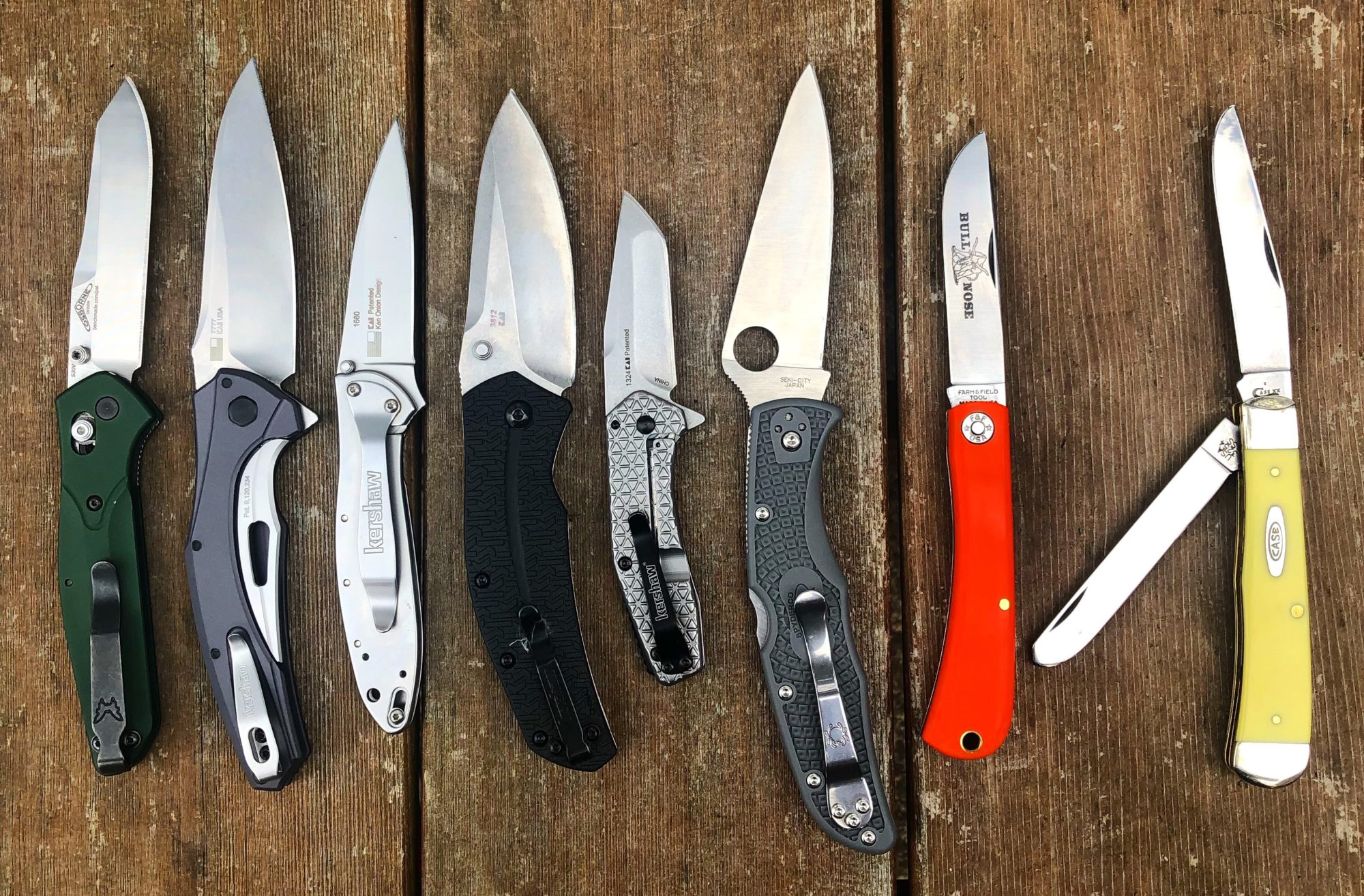Recently I posted on BladeForums mentioning that when I ordered the new SMKW Queen Pilot Test Run Knife, which I plan to do an article on, I requested that they check the knife for any major issues. A few people responded saying that asking that a knife be checked over for issues “invalidates” any review of the knife. They even went so far as to say it invalidates all of my reviews, which was disheartening. I thought I’d write an article on this topic, so as to make my thoughts and processes on that subject transparent to my readers and viewers.
Since long before Knife Thoughts existed, I have sometimes requested that dealers check over knives I purchase. I am a knife enthusiast first, before I am a knife reviewer, and asking the dealer to check the knife is a simple way to help avoid the hassle of getting a lemon. That said, I more often don’t ask the dealer to check the knife for issues than I do.
I have never expected dealers to accommodate this request. Rather, I see it as a favor for which it doesn’t hurt to ask. I know that it is extra time and work for them, and that it should be done by the manufacturer. I don’t expect such requests to be fulfilled any more now that I review some of the knives that go through my hands. On that note, I almost never mention that I intend to review knives when buying them. In the case of the Smoky Mountain Knife Works Queen Pilot Test Run Mini Trapper; I mentioned my intention to review the knife not to unduly influence them. I just mentioned it because I am excited that someone is reintroducing Queen, and eager to evaluate and review the knife. In any case, SMKW said they can’t check the knife, so it’s a non-issue on this specific knife.
Even if such a request is granted, I don’t think it has a major impact on the review. For one thing, it is still a sample size of one. In some cases I am able to base a review on more than one example of a knife. Most instances of that have been when I bought multiples for gifts. However, I can’t keep all the knives I get, let alone buy multiples. I would love to be able to though! These reviews are my experience as a knife enthusiast, intended to provide my opinion for information and entertainment.
I would be surprised if most knife reviewers didn’t often make the same request. I know that many collectors do. I suggest anyone make the same request when buying a knife. Like I mentioned earlier, it can’t hurt. Also, the more well known reviewers who get all or most of their knives for free certainly aren’t getting a random example. Whoever provides the knife is going to pick out a good example for review.
All that said, I will be as transparent as possible in my future reviews. I have always mentioned when I got the knife at a discount, whenever possible. Now I will also mention if I asked the dealer to check the knife for issues. I hope this will help those who are interested, and won’t feel redundant to others. I just want to keep enjoying great knives and sharing that experience with others!





